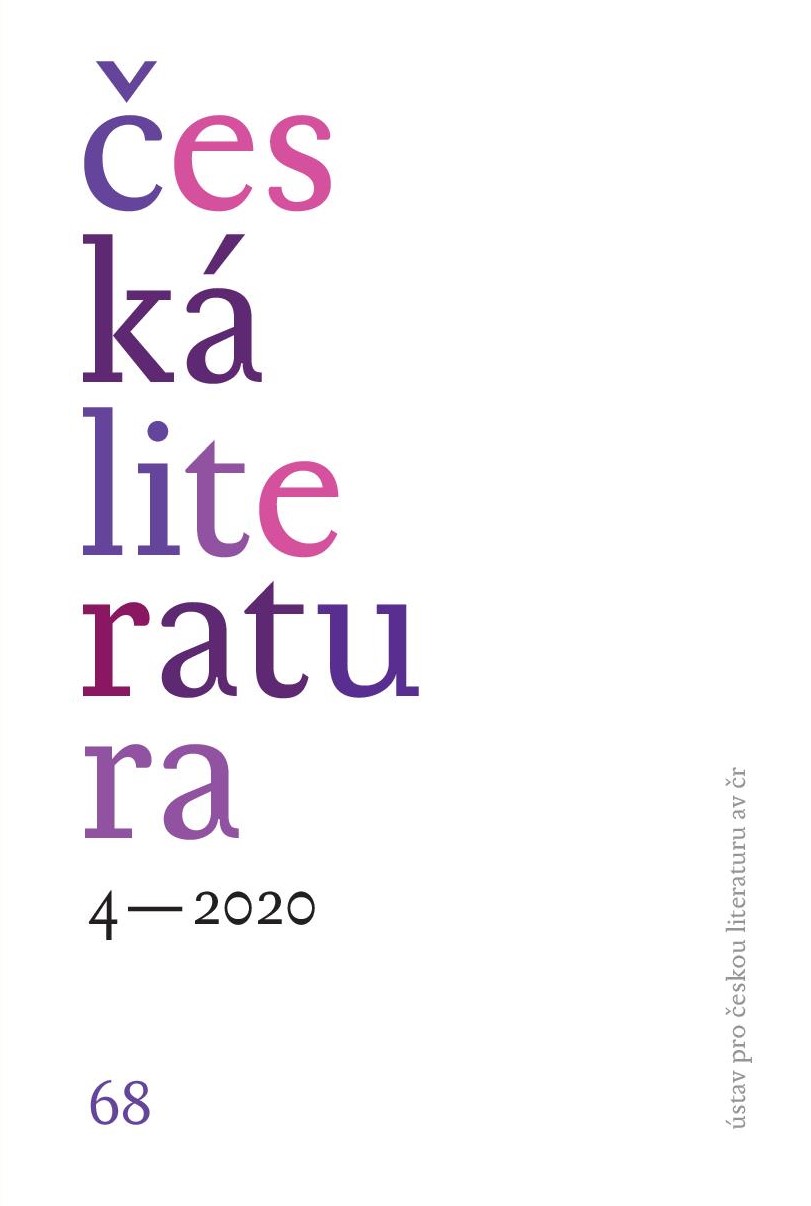Kognitivní a percepční perspektiva ve vybraných prózách Jana Nerudy a Jakuba Arbesa a jejich funkční korelace
Cognitive and perceptual perspectives in selected prose works by Jan Neruda and jakub Arbes and their functual correlations
Author(s): Richard ZmělíkSubject(s): Short Story, Czech Literature, Theory of Literature
Published by: AV ČR - Akademie věd České republiky - Ústav pro českou literaturu
Keywords: perspective ; representation ; narratology ; fictional worlds ; Jan Neruda ; Jakub Arbes ; Realism
Summary/Abstract: The present work focuses on two types of narrative perspective — cognitive and perceptual. The cognitive perspective is understood to comprise the ways in which the fictional world can be mentally conceptualized from the standpoint of the characters, or such a perspective is a manifestation of collective opinion, which of course is not the subject of this work. The perceptual perspective is understood to comprise sensual perception, through which the phenomena or events of the fictional world are filtered. Based on Wolf Schmid’s conceptualization, we distinguish two basic aspects of narrative perspective, the first being the way evens are perceived or understood, while the second is the way they are represented and realized within the narrative. Another essential feature is the function of both perspectives, which manifests itself not only in terms of what is filtered by these perspectives and what is reflected in the semantics but also reciprocally. It is then our primary task to follow the way both perspectives functionally determine each other. We perform an analysis of this phenomenon on the corpus of Jan Neruda’s and Jakub Arbes’s prose works, which were written at around the same time. Firstly we show how the identified types of perspective are realized in the prose works of both authors, who each represent a differing realist school in Czech literature. We then focus on their functional correlations and find that Neruda’s prose work is characterized more by situations in which a cognitive perspective on a rationally modal basis determines the perceptual perspective, so that sense perceptions or illusions are corrected by the rational cognitive framework, whereas in the case of Arbes’s prose works under review, the reverse is for the most part the case. The typologically different functional correlation method of both perspectives is manifested in the sphere of diegesis, narrative strategy and composition, as well as in the conception of the fictional time-space, for example. Just as the usage of the perspective type or of the functional correlations does not necessarily determine the narrative composition, nor does it necessarily relate to the overall general orientation of the work on the Romanticism-Realism axis. However, its individual segments (setting and characters) determined by the functional polarity of both perspectives may refer to one of these literary mainstreams of the period.
Journal: Česká literatura
- Issue Year: 68/2020
- Issue No: 4
- Page Range: 438-467
- Page Count: 29
- Language: Czech

